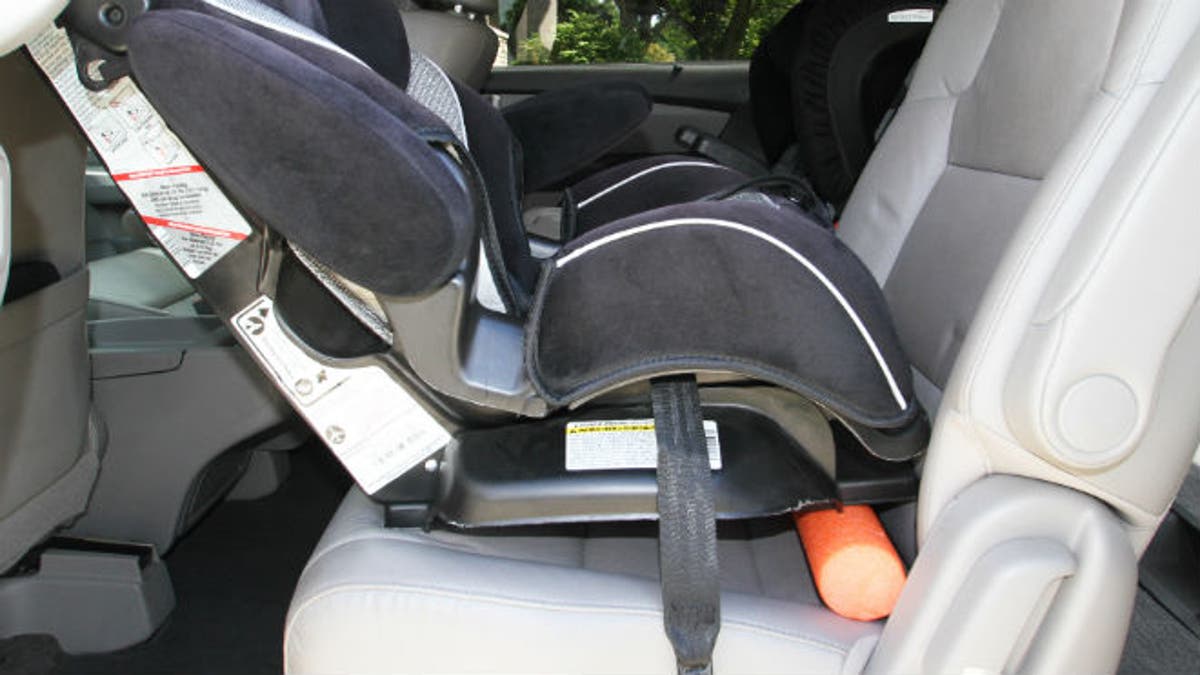
(The Ohio State University College of Medicine)
For parents who’ve found themselves sticking rolled up blankets or a pool noodle under car seats to make them fit, a new study has found that the DIY setup isn’t that unusual. Researchers from the Ohio State University College of Medicine found that child car seats and vehicle seats don’t align properly 42 percent of the time.
To create their analysis, researchers collected dimension samples from 61 vehicles and 59 child car seats currently on market. They then created 3,600 potential child car seat-vehicle combinations and analyzed 34 physical installations.
The results showed less than 60 percent of rear-facing child car seat vehicle combinations fit properly between the vehicle’s seat pan angle and the child car seat manufacturer’s required base angle.
“I want to emphasize that all car seats are safe and have passed federal regulations. But, to really optimize the safety of a child’s car seat and provide the best protection for the child, one must make sure it fits properly in the vehicle,” lead study author Julie Bing, a research engineer at Ohio State’s Injury Biomechanics Research Center, said in a news release.
Among the findings, researchers observed that that forward-facing child seats did not bump against vehicle’s headrests in more than 66 percent of the combinations.
Researchers noted they hope to share data points and assist with communication between child car seat and vehicle manufacturers to ultimately improve designs.
They urged parents to check that the angles of their vehicle’s seat and ensure the child car seat aligns, and that there’s no excessive interference with the vehicle’s headrest and the child’s car seat.
“We recommend parents go to the store, and ask if they can take the model off the shelf and go out to their car and try it. It might look great on the shelf and have all the greatest safety ratings, but if it doesn’t fit in your vehicle, it may not be the best option for you,” Bing said in the news release.
The study will be published in the journal Traffic Injury Prevention in October.
